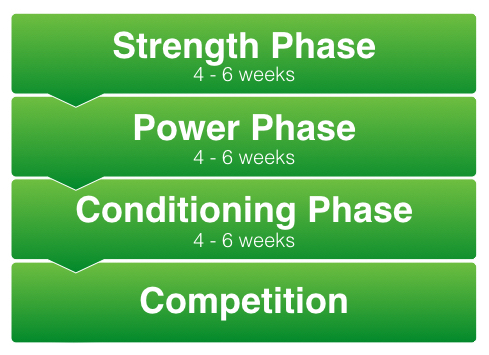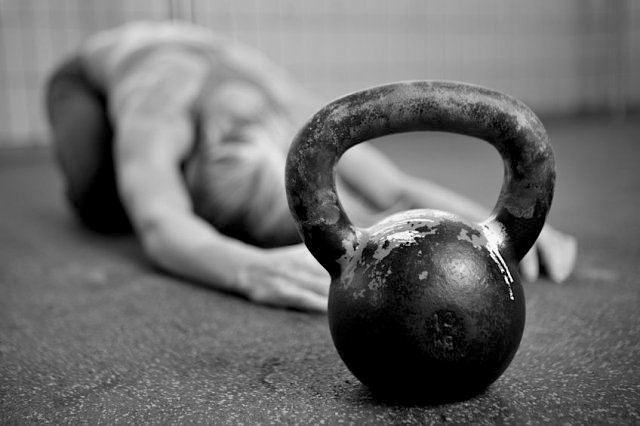In my humble opinion, there is one submission position above all others that is the most powerful. I know that’s a bold statement, but it’s true.
When you slap this position on your opponent, you have a plethora of submission options to choose from, but it’s insanely difficult to escape. Even better, this submission position works just as well in the Gi, No Gi, or MMA!
So what’s this wonderful position I’m talking about? Check out the video below to learn it now…
Would you like more BJJ goodness delivered to your inbox?
Sign up for you FREE account at Escapology Online and you’ll get some exclusive instructionals, a copy of Performance Drilling, and a whole lot more.



